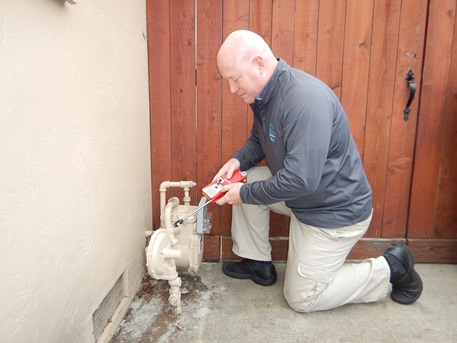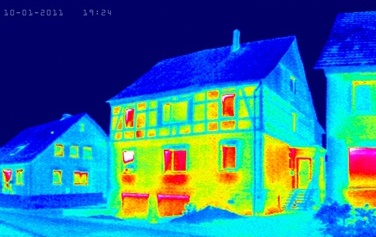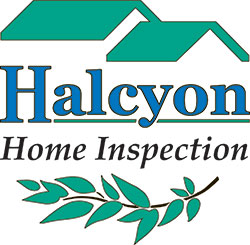Professional Inspections to Protect Your Largest Investment
 Considering a home inspection? Santa Rosa and Northbay property owners know that buying a home could be the largest single investment you will ever make.
Considering a home inspection? Santa Rosa and Northbay property owners know that buying a home could be the largest single investment you will ever make.
To minimize unpleasant surprises and unexpected difficulties, you’ll want to learn as much as you can about the newly constructed or existing house before you buy it.
A home inspection may identify the need for major repairs or builder oversights, as well as the need for maintenance to keep it in good shape. After the inspection you will know more about the house, which will allow you to make decisions with confidence.

A pre-sale inspection gives you more control over the selling process. Problems discovered by a prospective buyer’s inspector can lead to delays, added expenses or even cancel a deal.
Having an inspection done prior to putting your house on the market allows you to resolve issues, or adjust the price of your home accordingly, before they become a problem in negotiating a deal.
A home inspection is an objective visual examination of the physical structure and systems of a house, from the roof to the foundation.
The inspection generally takes between 3 and 4 hours to perform with the report being generated soon after the inspection, typically the next day.
Vacation Property Checklist (PJR-119)
If you are planning on applying for a Vacation Rental Permit for your home, you will need to submit Property Report Checklist (PJR-119). The form needs to be completed by either a licensed contractor or a certified home inspector.
Commercial Property Inspections
Commercial inspections are available for properties like apartment complexes, motels, office buildings, retail stores and warehouses. The inspection evaluates the major systems of the property and the visible structural components.
The goal of a commercial property inspection is to provide you with the information you need to enter into transaction negotiations with as much power in your possession as possible. The inspection results are reported in a concise, computer-generated, comprehensive report of the building’s overall condition.
Using Infrared to Identify Temperature Issues

Infrared thermal imaging cameras spot small, but key changes in temperature in different areas of a house, identifying problematic areas that the naked eye never could and some that a visual inspection could only hypothesize.
A house will show up as hot, cold, or somewhere in between as we scan the house with a camera sensitive to infrared radiation.
Halcyon Home Inspection does not perform repairs nor do we give estimates, so we have no vested interest in the outcome of the report. Since we will not accept any compensation for our services from anyone other than our client, we are dedicated only to our client and will always act in their best interests.
What Infrared Imaging Reveals during Inspections
Moisture is a big issue that gets revealed during these inspections which includes hidden sources of mold, roof leaks, and posts that indicate termite nests. Electrical problems are also revealed as well as heat and energy loss, missing insulation, ventilation glitches and rodent infestations.
Roofing Leaks
Water will typically give up its heat at a slower rate than its surrounding roofing materials because of its high thermal capacity, so we can see with just one image if any areas have accumulated moisture. This is best done in the evening when the temperature outside begins to fall. The roofing materials will have released their heat showing up blue or purple on the image, while the moisturized materials will still be warm and will show up red or orange on the image.
Electrical Faults
Electrical faults typically create heat which can be viewed by the IR camera. Being able to quickly identify the location of the fault will help in preventing injury and property damage.

Heat Loss and Gain
Since an IR camera ‘sees’ in degrees of heat, it can be used to identify areas of the home that are allowing heat to either enter or leave the home.
This can be due to a lack of insulation in the walls and ceilings as well as gaps around improperly sealed doors and windows.
Damaged or malfunctioning heating and cooling systems can also be quickly identified.
The information provided by thermal imaging inspections is extremely valuable to the owner or perspective buyer of a house, but it is also worth noting that infrared home inspections also have their limits. The results must be interpreted by an expert who knows about possible sources of error in measurements such as dry areas, reflected heat, and the limit of surface readings.
When buying your dream house, make sure it doesn’t have hidden headaches with an infrared thermal image home inspection. Home sellers don’t want unexpected problems (especially the easily fixable kind) arising and scaring off a potential buyer when they get an inspection done.
Even current home owners with no intentions of selling would benefit from having a thermal inspection done. Infrared technology is a good addition to a visual inspection, and doesn’t negate the need for an inspector with experience and knowledge of all systems that make up a home.
